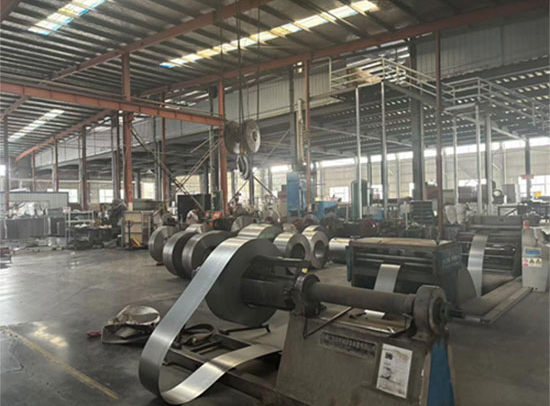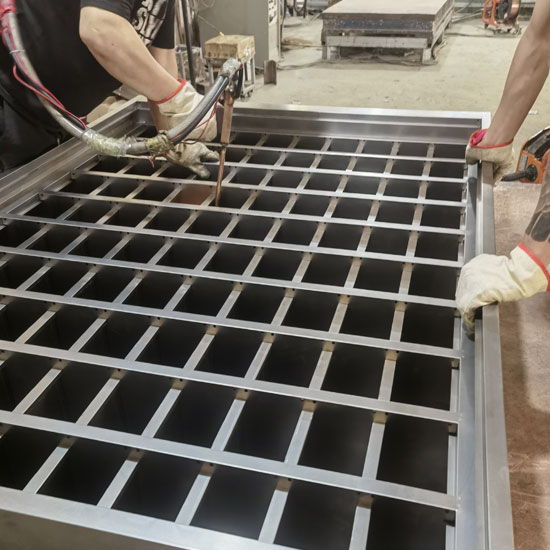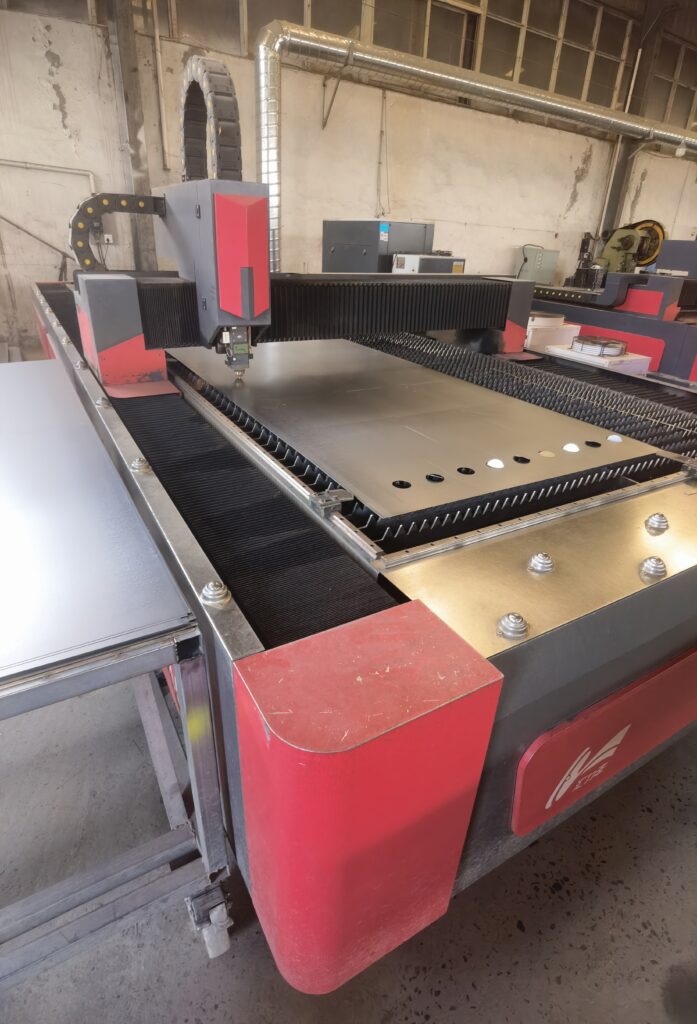The Manufacturing Journey of Steel Office Filing Cabinets for Foreign Trade
Introduction
In the global office furniture trade, steel office filing cabinets are essential. For businesses targeting foreign markets, understanding their production is key. This post delves into the intricate industrial processes behind these international – bound storage solutions.
The Raw Material Selection
Steel Quality Matters
A top – tier steel office filing cabinet starts with careful raw material selection. High – grade steel is preferred for its durability, strength, and resistance to daily wear. Manufacturers source steel from reliable suppliers, ensuring it meets strict quality norms. Steel with an optimal carbon content, balancing hardness and malleability, forms the basis of the production. The quality of this initial material significantly impacts the cabinet’s final performance and lifespan.

Cutting and Shaping
Precision – Driven Cutting
After sourcing, the steel enters the cutting phase. Advanced techniques like laser or CNC cutting are used. Laser cutting offers unrivaled precision, creating complex shapes with minimal waste. CNC cutting ensures consistency, making each cabinet part identical. Precise cutting is crucial for cabinet components such as sides, drawers, and shelves. Accurate edges on cabinet panels ensure seamless assembly.
Shaping for Function and Aesthetics
Post – cutting, the steel parts are shaped. Bending machines create curved edges and corners for a sleek, ergonomic design. Rolling is used for cylindrical components like drawer handles. Shaping not only enhances functionality but also the cabinet’s aesthetic appeal. A well – shaped cabinet stores documents efficiently and beautifies the office.

Welding and Assembly
The Art of Welding
Welding binds the cut and shaped parts. Skilled welders choose from techniques like MIG or TIG welding, based on steel thickness and joint requirements. MIG welding is fast and suitable for large – scale production, while TIG welding provides a precise, aesthetic weld for high – stress or visible areas. Welders must ensure strong joints to maintain the cabinet’s structural integrity.
Assembly: Bringing the Cabinet to Life
After welding, the cabinet is assembled. Drawers, shelves, and doors are precisely positioned. Hinges and locking mechanisms are installed for smooth operation and security. Drawers get ball – bearing slides, and doors may have magnetic catches or key – locks. Quality checks ensure all components fit and function correctly, like drawers opening smoothly and doors sealing tightly.

Surface Treatment
Priming for Protection
Before the final coat, the cabinet is primed. Primers prevent rust and corrosion and improve top – coat adhesion. Epoxy primers, known for corrosion resistance, are often used. Priming is done through spray – painting or dipping, depending on the cabinet’s size and shape.
Finishing Touches
The final finish enhances both appearance and protection. Powder coating, a popular choice, offers durability and a wide color range. It involves applying dry powder, then curing it under heat. Liquid painting can provide a high – gloss or matte finish. Some cabinets get decorative treatments like embossing for added aesthetic value.
Quality Control and Packaging
Rigorous Quality Checks
Before export, filing cabinets undergo strict quality control. Checks cover structural integrity and component functionality. Shelf load – bearing capacity is tested, and the finish is inspected for flaws. Only cabinets passing these comprehensive tests are approved for shipping.
Packaging for Safe Transit
Once approved, cabinets are carefully packaged for international shipping. Specialized materials like thick cardboard, foam inserts, and corner protectors safeguard them during transit. Each cabinet is individually wrapped to prevent damage during long – distance transportation.
Conclusion
The production of steel office filing cabinets for foreign trade is a complex but fascinating process. Every step, from raw material selection to packaging, is vital in delivering a high – quality product that meets international client demands. Understanding this process helps both manufacturers and buyers appreciate the value and craftsmanship in each cabinet, ensuring a successful foreign trade venture.
